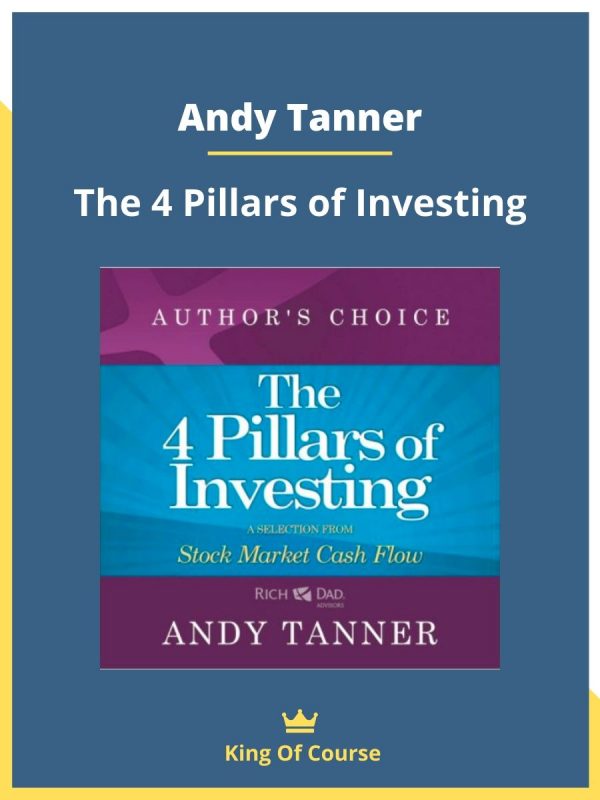Introduction
In the volatile world of financial markets, options trading stands as a powerful tool for managing risk, generating income, and leveraging opportunities. Options are financial contracts that provide the right, but not the obligation, to buy or sell an underlying asset at a specific price, giving traders unparalleled flexibility in tailoring their investment strategies. Join us as we delve into the intricacies of options trading, exploring its history, core concepts, and practical applications. Together, we will empower you with the knowledge to navigate this dynamic investment landscape.

Image: www.youtube.com
Delving into the History of Options Trading
The origins of options trading can be traced back to ancient Greece, where philosophers employed derivatives similar to modern options to protect against adverse fluctuations in olive oil prices. Over centuries, options have evolved into sophisticated financial instruments, with standardized options contracts emerging in the 20th century. Today, options trading is a ubiquitous practice on global financial exchanges, facilitating efficient risk management and maximizing investment potential.
Understanding Options Basics
An option contract comprises two key elements: the underlying asset and the option itself. The underlying asset can be diverse, including stocks, commodities, currencies, and even indices. Options, on the other hand, confer two fundamental rights: the right to buy (a call option) or sell (a put option) the underlying asset at a predetermined price, known as the strike price. The difference between the current market price of the underlying asset and the strike price determines the value of the option contract.
Types of Options and Their Applications
Options trading encompasses a wide range of contract types, each tailored to specific investment objectives. The two primary categories are calls and puts. Call options grant the holder the right to buy the underlying asset, while put options confer the right to sell. Traders utilize call options to bet on rising prices and put options to hedge against potential declines.
Beyond call and put options, variations exist that cater to specific strategies. For instance, covered calls involve selling a call option against an underlying asset already owned, generating income while limiting upside potential. Conversely, protective puts are used to protect a long position in the underlying asset against price falls.

Image: loadcourse.com
Pricing Options: A Journey into Volatility and Probability
The value of an option is determined by a complex interplay of factors, including the underlying asset’s price, strike price, time to expiration, and volatility. Volatility, a measure of price fluctuations, plays a pivotal role in option pricing. Higher volatility implies a broader range of potential price movements, which in turn enhances the value of options.
The Black-Scholes model, developed by Fischer Black and Myron Scholes, serves as a cornerstone for pricing options. This mathematical formula incorporates the aforementioned variables to estimate the fair value of an option contract, enabling traders to make informed decisions based on theoretical principles.
Advanced Strategies for Maximizing Returns
Proficient options traders often employ advanced strategies to optimize their returns. One such strategy is the bull call spread, which involves buying a call option at a lower strike price and simultaneously selling a call option at a higher strike price with the same expiration date. This strategy benefits from a wider price range movement in the underlying asset, generating profits when the underlying asset’s price rises above the lower strike price but below the higher strike price. Conversely, a bear put spread involves selling a put option at a higher strike price and buying a put option at a lower strike price, profiting from a decline in the underlying asset’s price.
Options Trading Platform Mastery
Navigating the multifaceted world of options trading requires mastery of a user-friendly trading platform. These platforms provide an array of features and functionalities, empowering traders to execute trades, monitor positions, and analyze market data. Features such as real-time charting, technical indicators, and options chains enable traders to make informed decisions and manage their portfolios effectively.
A Look into Risk Management: Mitigating Potential Losses
Options trading, while offering substantial potential rewards, also entails inherent risks. Prudent risk management is paramount to safeguarding capital and minimizing potential losses. Techniques such as stop-loss orders, position sizing, and scenario testing empower traders to limit their downside exposure and preserve trading profits.
Options Trading Andy Tanner

Image: www.neworleanssaints.com
Conclusion
Options trading presents a powerful and versatile tool for investors and traders alike. Understanding its fundamental concepts, mastering advanced strategies, and leveraging a reliable trading platform pave the way for maximizing returns and navigating market complexities. By embracing options trading with a structured approach and robust risk management, you unlock a gateway to enhanced investment opportunities and financial success. As you embark on this journey, remember to seek the guidance of experienced professionals, conduct thorough research, and approach the markets with a calculated and disciplined mindset.






